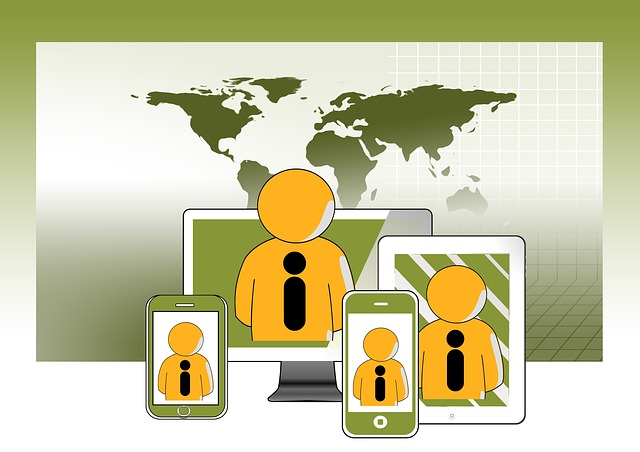Global reach is now an essential and trending concept for entrepreneurs of the digital era. It is not just a reality, but the only practical means of generating revenue. A tiny app on your smartphone can become the hottest and most happening digital product that is hugely in demand, equivalent to the pace of smartphone sales.
We live in an eccentric time and it is now the right moment for a developer like you to go global with your app.
App downloads are on the rise, for example the Apple App Store houses almost 500,000 apps, in 40 different languages, including numerous development teams. With these ever growing numbers, it is now easier for mobile app developers to tap the openly accessible global markets.
Having said that, as a mobile app developer, how do you prepare your app for the global market? You can consider the below listed five points, while going global.
1) Localization Is the Key to Globalization
To localize your app, which was initially released in English, you need to translate it to other local or regional languages. This is how you will be able to tap into the wide open global market and generate profits through downloads.
According to a recent survey conducted by APP Annie, most of the app downloads were traced back to non-native English users who live in countries like China, India, Brazil, Japan, and Germany.
However, localization does not mean that you just plug your app into a tool like Google Translate and expect good results. It is recommended that you invest a little capital in hiring professional translation services. This is because, when an app’s content is translated into German or Japanese, a 10-word information section might stretch to 25 words.
Moreover, the context might mean totally different things, resulting in users losing interest in your app and searching for an alternate app with similar services.

2) Time Is of the Essence
If you are planning to release your mobile app on Apple’s App Store, it might take at least five days for your app to be approved. And, once the initial approval is gained, it is much easier to get approval for your app’s localized versions.
The App Store and Google Play embrace such localized apps. Moreover, this quick turnaround time helps you reach unexplored international markets at a faster rate.
So, ensure beforehand that you are prepared to release new localized versions of your app in another country’s app stores.
It is also advised that you do beta testing, before releasing your translated app in any app store.

3) Customize the Total Functionality of Your App (If Needed)
Before you go international with your app, ask yourself: Does my app cater to the needs of users of other countries as well?
If so, then gather all the important points and start designing your app accordingly. This forethought will help you avoid unnecessarily wasting time and money. Once the initial design is complete for the desired language, you can start translating the text.
Do not just translate the main content! It is essential that you translate every piece of text, image, keyword, special character, icon, font, and screenshot. Also, do not forget to translate the terms and conditions, and privacy policy pages. This will ensure that your app gains the maximum number of views and possible downloads.
Moreover, know the possibilities of the market size before investing in localization.
4) Be Aware of Cultural Differences
A message-centric app, such as Whatsapp, could be all the a rage in the US, where texting is free, but it is not the same in Europe as the end users are charged a minimal fee for texting.
So, try to gather information about which apps rate higher in which countries and why. Such diligence will help you to develop your app according to the needs of the different geographies.
Moreover, when entering a diverse market and multi-lingual country, make sure that your app platform supports all possible languages of the region. Also, ensure that you localize the metadata of the app for the different geographies.
Pro tip: You can cover over 45% of the users globally if your app supports English, Spanish and Chinese.
5) Proper Distribution and Socialization
Now that you are all set to dive into the international market with your app and test your luck, there is one tiny step that you still need to take.
Distribution channels, such as Apple and Google, are not the only app stores through which you can showcase your app to the world.
Other companies, such as AdMob, Millenial Media, Papaya, InMobi, Flurry, and Baidu in China, have insights into the international market and can assist you in winning new customers and increasing your app sales.
Also, design and develop your app in such a way that it is accessible via social networking sites, including Facebook, Twitter, and Instagram. This will attract more users and might create an itch in them to download and try your app.
Conclusion
Keep focusing on your key objectives. Though features like languages and content could differ with countries and its end-users, you should ensure that you focus on providing the same life-changing experience to every potential user. This is because you should do everything to create a great user experience. Remember, a greater experience for the end-user is the key to your app’s global success.